Is Salicylic Acid Really a Miracle Ingredient for Blackheads and Acne?
Salicylic acid has an acne-fighting reputation—and for good reason.
|First Published: Shape.com: https://www.shape.com/lifestyle/beauty-style/salicylic-acid-best-ingredient-blackheads-acne by |
We've all been there: You wake up, head to the bathroom mirror, and see yet another pimple that's popped up overnight. What gives? As an adult, you're probably sick of acne flare-ups and wondering why the heck this annoying issue is plaguing you long past puberty. Clearly, whatever products you're using (if any) aren't working.
Luckily, there's an increasingly common skin-care ingredient that can help: salicylic acid. It's been touted as an acne-fighting miracle, and it might be just the thing you need to finally clear your skin. But while salicylic acid is so wonderful, it's also super strong—meaning that you need to use it in the right dose and not too often, or else you may actually put your skin at risk of damage. (That's why it's always a good idea to discuss it with your derm before going crazy with new products.)
Here's everything you need to know about incorporating salicylic acid into your skin-care routine so you can banish zits and prevent acne—while still protecting your skin.
The Basics and Benefits of Salicylic Acid
Salicylic acid can be really helpful for clearing blackheads and reducing chronic acne. Why? "Salicylic acid penetrates and dislodges the gunk (sebum) so that it's no longer trapped inside the pore," says dermatologist David Lortscher, M.D., board-certified dermatologist and founder and CEO of Curology. "This helps clear your pores, avoiding buildup of sebum and dead cells that can trigger acne breakouts," he explains. What's more, "salicylic acid is chemically similar to the active component of aspirin, meaning it decreases inflammation and is beneficial for both inflammatory and noninflammatory acne," he says. (Related: 5 Surprising Reasons You're Breaking Out)
There are perks to using salicylic acid over other acne ingredients, such as benzoyl peroxide. For instance, benzoyl peroxide is great for killing acne-causing bacteria, but it doesn't help clear clogged pores the way salicylic acid does. That means that benzoyl peroxide is ideal for treating those nasty whiteheads, but not so much for hormonal acne, blackheads, and clogged pores. Bonus: Salicylic acid won't bleach your towels the way benzoyl peroxide often does.
Your best bet, though, is to find a product that uses both ingredients, so you can more effectively attack existing acne and bacteria and prevent future breakouts. (Related: The Best Skin-Care Routine for Acne-Prone Skin)
How Does Salicylic Acid Work?
You can find salicylic acid in a range of over-the-counter products, from facial cleansers and body washes to spot treatments—usually in concentrations of 0.5 to 2 percent. (Dr. Lortscher recommends Neutrogena Oil-Free Acne Wash and Body Clear Body Wash, as well as Mario Badescu Drying Lotion for a spot treatment.) It can also be used in facial peels with concentrations of up to 20 or 30 percent—though these are typically supervised by your derm, he says. (FYI, you'd likely only be advised a higher dosage by a derm if you have really problematic skin or chronic acne.)
Salicylic acid is a common ingredient in exfoliants. "Exfoliants, such as products containing AHA (alpha hydroxy acid) or BHA (beta hydroxy acid), dissolve the 'cement' that holds dead skin cells on the skin's surface," says Dr. Lortscher. "This allows the dead skin cells to be shed more efficiently, revealing new younger skin cells beneath, and thus helping to improve dull, dry, or flaky skin and clogged pores, potentially resulting in smoother skin texture." BHA exfoliants (like salicylic acid) can help treat and prevent clogged pores like blackheads since they help prevent dead skin cells from building up in the pore, he says.
Salicylic acid sounding like a skin savior? Heads up: A product this effective at wiping your pores clean does come with some caveats. Here, a few things to keep in mind when using salicylic acid, plus how to use it the *right* way for the best clear-skin results.
1. Avoid the sun.
If you're using salicylic acid, be wary of the sun. (You may want to avoid your daily spot treatment if you're on vacation and will be tanning outdoors, for instance.) "Any time the layers of dead skin cells on the surface of the skin are removed, such as by exfoliation, the skin loses some of its physical protection against the sun's UV rays," says Dr. Lortscher. Although you should always be careful about slathering on SPF, it's extra important to be diligent with sunscreen when using BHAs, he says.
2. Don't use it during pregnancy.
If you're pregnant, you'll want to avoid salicylic acid. "Salicylic acid has a similar chemical structure to aspirin, and since aspirin may cause birth defects, excessive blood loss during delivery, and other complications during pregnancy, it's recommended you avoid it during pregnancy," says Dr. Lortscher. Instead, you can try OTC cleansers with benzoyl peroxide, since it has a different chemical structure that's safe for use during pregnancy.
3. Don't use it if your skin is super dry.
"Since salicylic acid can be drying, it's better for those with oily skin types, whose skin can handle a bit of drying," says Dr. Lortscher. "If you have dry skin, you can use salicylic acid and benzoyl peroxide, but take it slowly," he says.
Try salicylic acid products with lower strengths, such as 1 percent instead of 2 percent (which is the max amount considered safe among the general public). Cleansers and washes may be a better choice than leave-on creams or lotions since the product is in contact with your skin for a shorter amount of time, he adds.
4. It's found in strawberries.
Get this: Salicylic acid is actually active in strawberries. "Strawberries are rich in beta hydroxy acids (BHAs), such as salicylic acid, along with other ingredients such as alpha hydroxy acids (AHAs), that help in reducing acne," says Debra Jaliman, M.D., board-certified NYC dermatologist, assistant professor of dermatology at Icahn School of Medicine at Mount Sinai, and author of Skin Rules: Trade Secrets from a Top New York Dermatologist. "You can mash half a cup of sliced strawberries and apply it on your face for 10 minutes. This will help in clearing acne as well as blemishes," she says. While many store-bought products can be just as gentle on the skin, this strawberry mask is a totally harmless and relaxing DIY alternative that offers a way to take a break from products and still get the benefits of salicylic acid. (And a little self-care spa session, at that.)
5. It can cause irritation if used incorrectly.
Salicylic acid can cause irritation if you make contact with other areas of the skin, like your eyes, nose, mouth, groin, or any broken skin, says Dr. Jaliman. It can also irritate your skin if you overdo it: "Salicylic acid can become harmful if used too aggressively or for a long period of time," says Paul Dean, M.D., a dermatologist from Grossmont Dermatology Medical Clinic in San Diego and founder of Skin Resource MD. "It can actually remove the first layer of skin and make the skin become extremely irritated and painful."
For instance, concentrations between 17 and 27 percent shouldn't be used on the face, he says (though you won't find this in a normal OTC cleanser at the drugstore). If used for a long time, it can also make your skin become dry and thin, he says, which could lead to more fine lines and wrinkles—although managing dosages and days of use can prevent this.
Chat with your derm about how often and how long you should use it. A general rule of thumb: Don't use salicylic acid every day, says Dr. Lortscher. Instead, start with one to two days weekly, and then consult your derm to see if you can or should increase.
6. It pairs well with glycolic acid.
"Glycolic acid also removes dead skin cells and reduces inflammation related to acne and other skin issues; however, unlike salicylic acid, glycolic acid can be used in daily skin-care products as it will not irritate the skin," says Dr. Dean. At low strengths, glycolic acid is most commonly found in anti-aging moisturizers or face masks, and it's ideal for restoring collagen and smoothing and refreshing your complexion, he explains. "Use products with glycolic acid along with products with salicylic acid, since salicylic acid depletes moisture in your skin and glycolic acid restores that moisture," he says.


